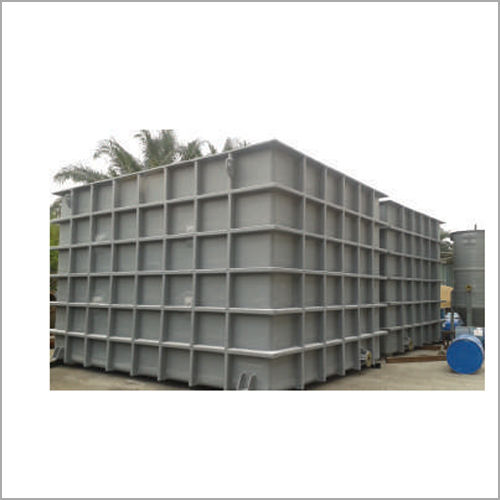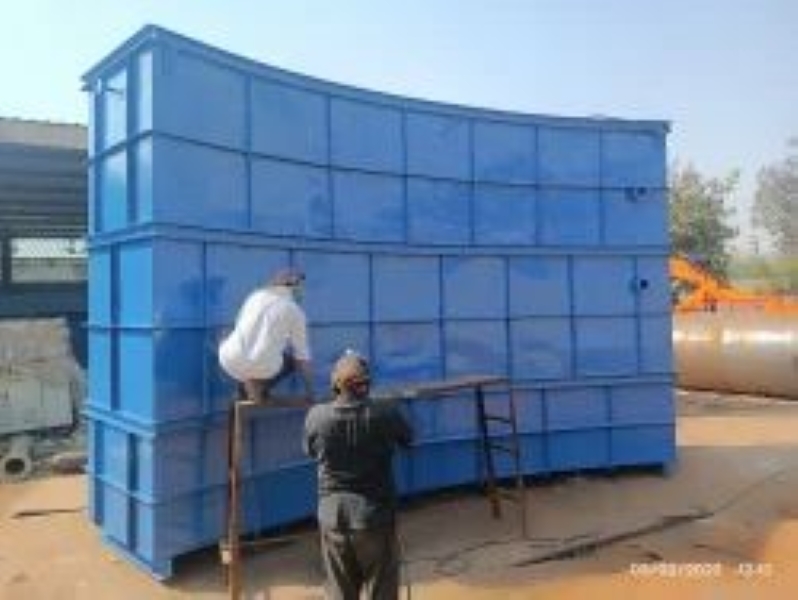FGD (Flue Gas Desulfurization) Piping
Price 100 INR/ Meter
FGD (Flue Gas Desulfurization) Piping Specification
- Usage & Applications
- Piping system for transporting limestone slurry, gypsum slurry, process water, oxidation air, and associated fluids in a wet FGD (Flue Gas Desulfurization) system
- Product Type
- FRP
- Usage
- Piping system for transporting limestone slurry, gypsum slurry, process water, oxidation air, and associated fluids in a wet FGD (Flue Gas Desulfurization) system
- Length
- as per required Meter (m)
- Color
- as per required
- Weight
- depending upon size Kilograms (kg)
- Size
- as per required
FGD (Flue Gas Desulfurization) Piping Trade Information
- Minimum Order Quantity
- 100 Meter
- Main Domestic Market
- All India
About FGD (Flue Gas Desulfurization) Piping
FRP (Fiber-Reinforced Plastic) piping is extensively used in Flue Gas Desulfurization (FGD) systems due to its excellent corrosion resistance, low weight, and durability in harsh chemical environments.1. Purpose of FRP Piping in FGD
Transports aggressive chemicals and slurries like:
Limestone slurry
Gypsum slurry
Acidic/alkaline process water
Oxidized slurry
Used in areas where metallic pipes would corrode quickly
2. Advantages of FRP Piping
High corrosion resistance to sulfuric acid, chlorides, and slurry.
Lightweight and easier to install compared to steel.
Low maintenance and longer service life.
Can be customized with various resin systems (e.g., vinyl ester, epoxy, polyester).
3. Construction Features
Layers:
Inner liner: Chemical-resistant resin (e.g., vinyl ester).
Structural layer: Reinforced with glass fibers .
Outer layer: UV and abrasion protection.
Joints: Usually flanged, laminated, or butt & strap joints.
Fittings: Elbows, tees, reducers, and customized bends are also made of FRP
4. Applications in FGD
Absorber inlet/outlet piping
Limestone slurry feed lines
Gypsum slurry discharge lines
Recirculation piping
Drain, vent, and overflow lines
5. Design Considerations
Pressure rating: Typically up to 10 bar depending on thickness and resin.
Temperature resistance: Generally up to 100C (based on resin type).
Abrasion resistance: Enhanced with special liners or using dual-laminate construction.
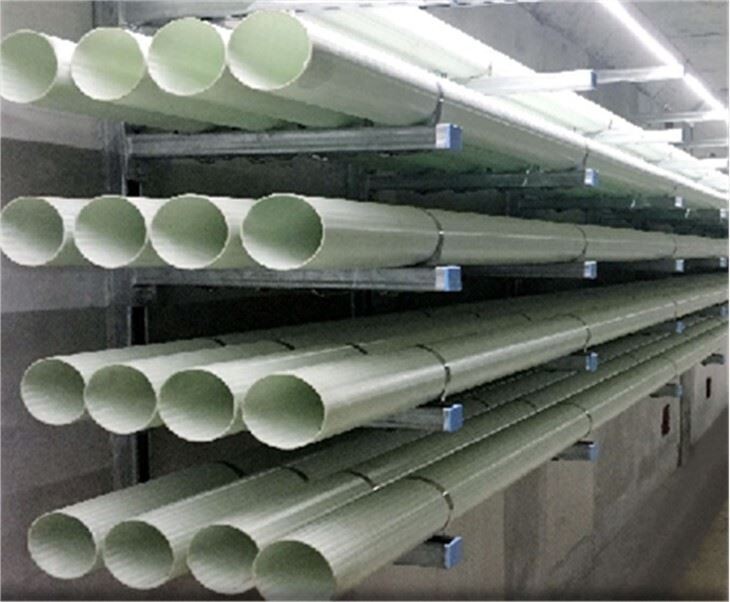
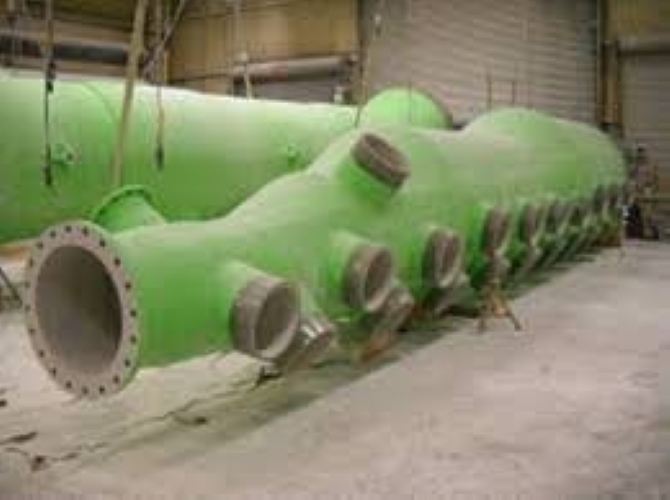
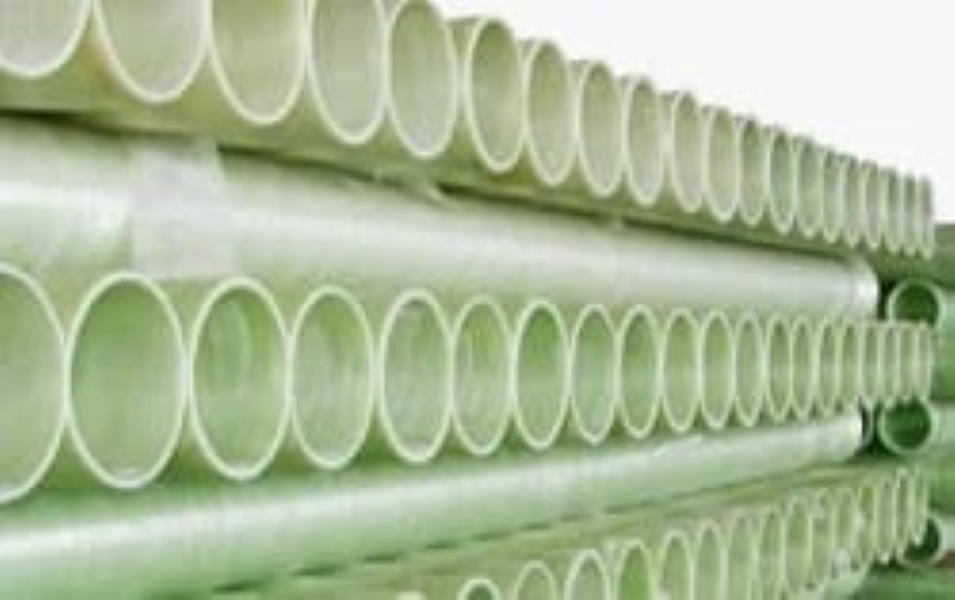
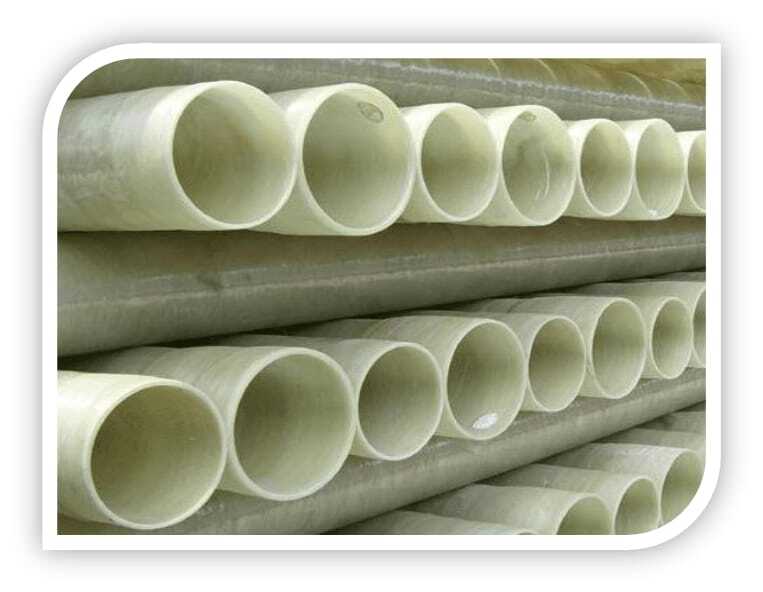

Price:
- 50
- 100
- 200
- 250
- 500
- 1000+
More Products in FRP General Moulding Category
Pp Frp Pickling Tank
Price 20 INR / Unit
Minimum Order Quantity : 10 Liters
Size : As Per Requirements
Application : Pickling and chemical storage
Material : Polypropylene (PP) and Fiber Reinforced Plastic (FRP)
Dimension (L*W*H) : Custom dimensions available
FRP (Fiber Reinforced Plastic) Fencing
Price 1000 INR / Square Foot
Minimum Order Quantity : 50 Square Foots
Size : As per required
Application : Hazard Zones, Fencing in corrosive or sensitive testing environments
Material : FRP
Dimension (L*W*H) : As per required
Frp Tank Lining Services
Price 50 INR / Square Meter
Minimum Order Quantity : 1 Square Meter
Size : as per required
Application : FRP (Fiberglass Reinforced Plastic) tank lining is widely used across industries to protect tanks and process vessels from corrosion, chemical attack, and structural degradation. It is suitable for both new installations and rehabilitation of existing tanks.
FRP Coating
Price 150.0 INR / Square Foot
Minimum Order Quantity : 1 Cubic Foot
Size : As Per Requirements
Application : Waterproofing and corrosion resistance in tanks and flooring
Material : FRP (FiberReinforced Plastic)
Dimension (L*W*H) : Customizable as per requirement

 Send Inquiry
Send Inquiry Send Inquiry
Send Inquiry
